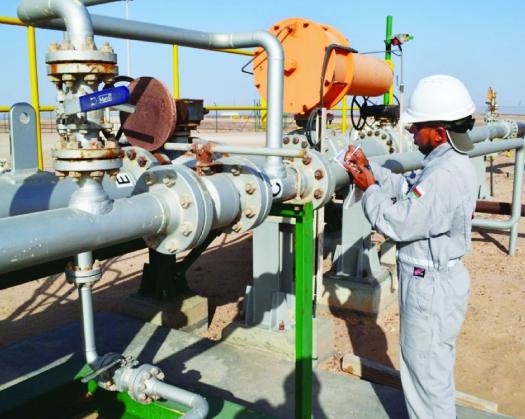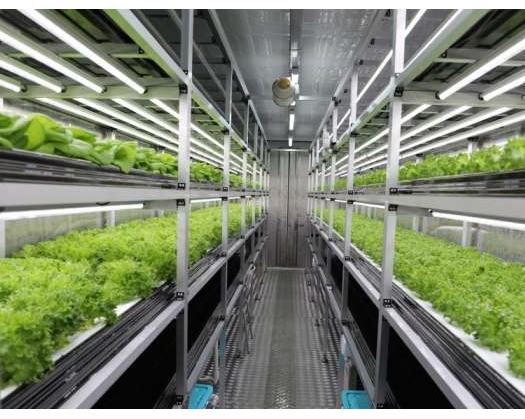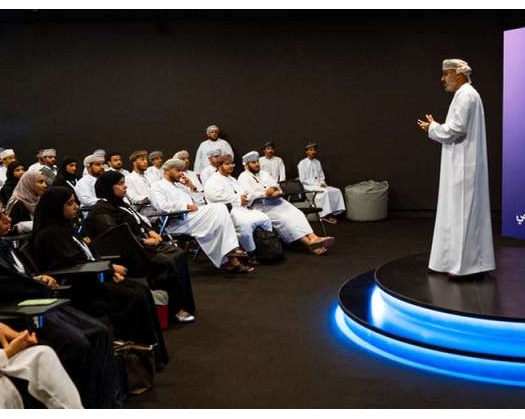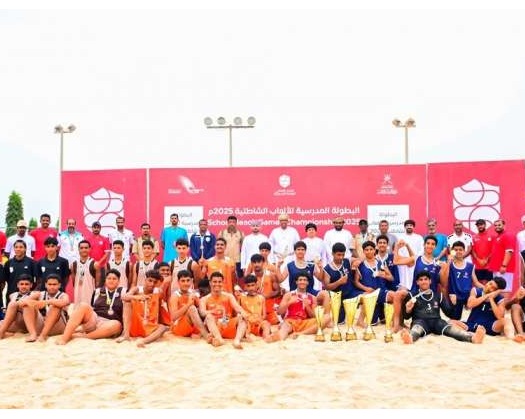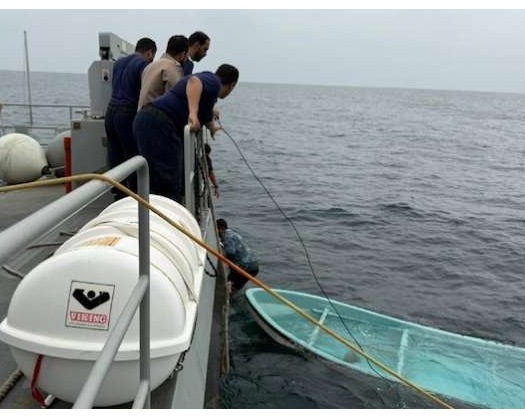Swedish energy company Tethys Oil is optimistic about its prospects in the Sultanate of Oman, as it aims to achieve commercial success in two Oil & Gas blocks that it operates. While the company has primarily relied on its non-operated Blocks 3&4 concession in eastern Oman for revenue, it is now focusing on the hydrocarbon potential of Block 56 in the southeast, as well as Block 49 and Block 58 in Dhofar Governorate.
In Block 58, which covers an area of 4,557 km2 and is located in the western part of the productive South Oman Salt Basin, Tethys Oil plans to drill an exploration well called Kunooz-1 in the second quarter of this year. The company is targeting a prospect in the Fahd South area of the license.
According to Tethys Oil Managing Director Magnus Nordin, a successful outcome in Block 58 could have a significant impact, as it has the potential to yield more than 100 million barrels of unrisked prospective resources. This would surpass the company's current activities by a large margin, as stated in their recently published 2023 Annual Report.
Block 58, which was awarded to Tethys Oil in 2020 with a 100% interest share, contains several promising prospects in the Fahd and South Lahan areas. These areas are strategically located near PDO's Harweel cluster in Block 6. After evaluating 2D and 3D seismic data, the block has shown great potential, with previous drilling encountering signs of hydrocarbons and multiple play concepts.
The South Lahan area is currently under thorough examination, with a focus on the analysis of 3D seismic data. This comprehensive study has identified multiple prospects that are suitable for drilling, according to Tethys Oil. The company further stated that a peer review of the complete prospect portfolio for South Lahan will be conducted in early 2024. In preparation for potential commercial success in the block, Tethys Oil has initiated discussions with a select group of companies regarding a possible farm-out of its share in the concession.
In Block 56, Tethys Oil intends to capitalize on the achievements of an Extended Well Test (EWT) centered around the Al Jumd discovery within the concession. The EWT, which commenced in April of the previous year and concluded in September, played a crucial role in determining the production capability and resource potential of the Al Jumd discovery. Throughout the EWT, a total of four wells were utilized, resulting in oil flows ranging from 150 to 700 barrels per day. The cumulative output during the EWT reached an encouraging 60,369 barrels.
In addition to the testing of Menna-1 and Sarha-3, two other exploration wells scheduled for early 2024, Tethys Oil aims to compile a comprehensive inventory of prospects and leads within Block 56. By establishing this inventory and considering the outcomes of the well tests, Tethys Oil plans to finalize a field development plan and achieve commercialization of the block in 2024.
In Block 49, Tethys Oil is moving forward with plans to retest the Thameen-1 well in Oman, one of the company's operated assets. Despite an initial lack of hydrocarbon flows to the surface, logs from the well showed a 30-meter thick hydrocarbon bearing zone. Subsequent analysis of samples revealed that the reservoir rock is tight and nearly impermeable, despite good porosity.
Tethys Oil believes that hydrocarbons could flow if the reservoir rock is artificially fractured. If successful, this operation could potentially transform the Thameen-1 well from inconclusive to a discovery, influencing the Company's decisions regarding a second exploration phase.

